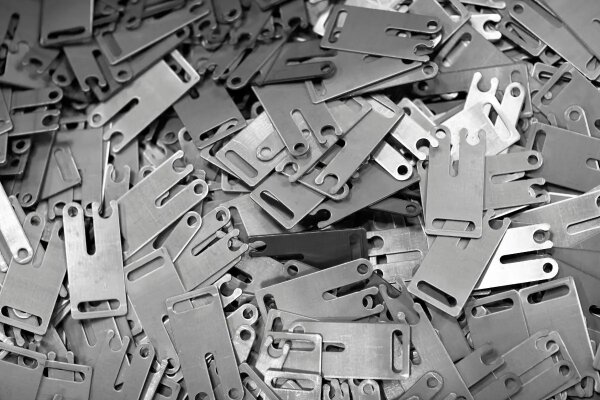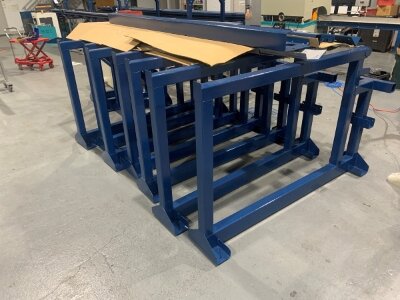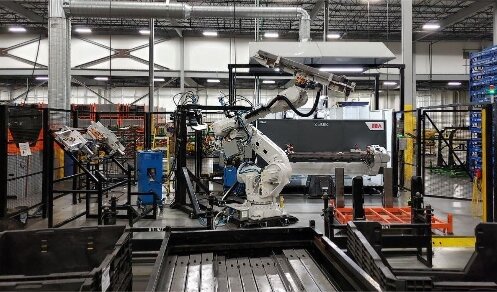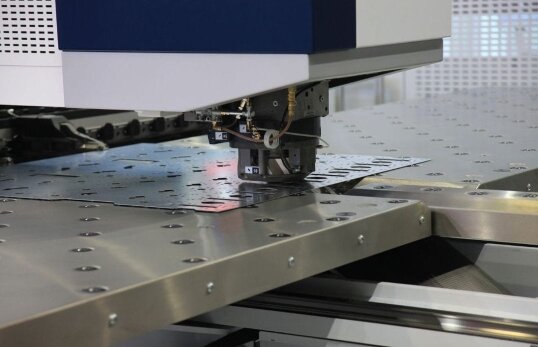You may have encountered the term low-volume production, but what does it really mean? Is it right for your business? If you’re exploring cost-effective ways to scale or test your product ideas, low-volume production could be the answer. This approach allows you to produce small quantities while maintaining high quality, flexibility, and efficiency.
Low-volume production offers excellent benefits, especially for businesses that need flexibility, speed, and low upfront costs. It’s a perfect fit for prototype testing, limited edition products, or small-run orders.
With low-volume manufacturing, companies can avoid the risks and costs of mass production while still quickly obtaining high-quality products.
What is Low-Volume Production?
Low-volume production refers to the manufacturing of a limited number of units, typically ranging from a few tens to a few thousand. This method allows businesses to produce products on a smaller scale but with the same quality as mass production. It’s often used for prototypes, product tests, or limited-run items. Companies can use this approach to perfect their designs before committing to mass production.
In modern manufacturing, low-volume manufacturing plays a critical role in innovation and market entry. It enables businesses to test products, gather feedback, and make improvements quickly.
When Is Low-Volume Production Used?
Low-volume production is often chosen when a business needs to produce small quantities of a product for specific reasons. Below are some everyday situations where low-volume manufacturing is the best choice.
Prototyping and Product Testing
Before committing to a large-scale production run, businesses use low-volume production to create prototypes or initial samples. This allows them to test the product in real-world conditions, gather feedback, and make necessary adjustments.
Limited Edition or Custom Products
Some businesses specialize in offering unique, limited-edition items or custom products. Low-volume production is perfect for these cases, as it provides the flexibility to produce small batches tailored to specific customer needs.
Market Testing and New Product Launches
When a company wants to enter a new market or test a product concept, low-volume manufacturing allows it to produce enough units to gauge customer interest without making a significant commitment. It’s a way to test the waters before scaling up.
Niche or Specialized Products
Low-volume production is ideal for industries where the demand for certain products is limited, such as high-end electronics, specialized machinery, or medical devices. These products may require customization, and producing them in low volumes helps keep costs manageable.
Rapid Response to Market Changes
In industries that face rapid changes in trends or technology, low-volume production enables businesses to adapt quickly. They can respond to shifts in demand or new opportunities without being tied to long-term production schedules.
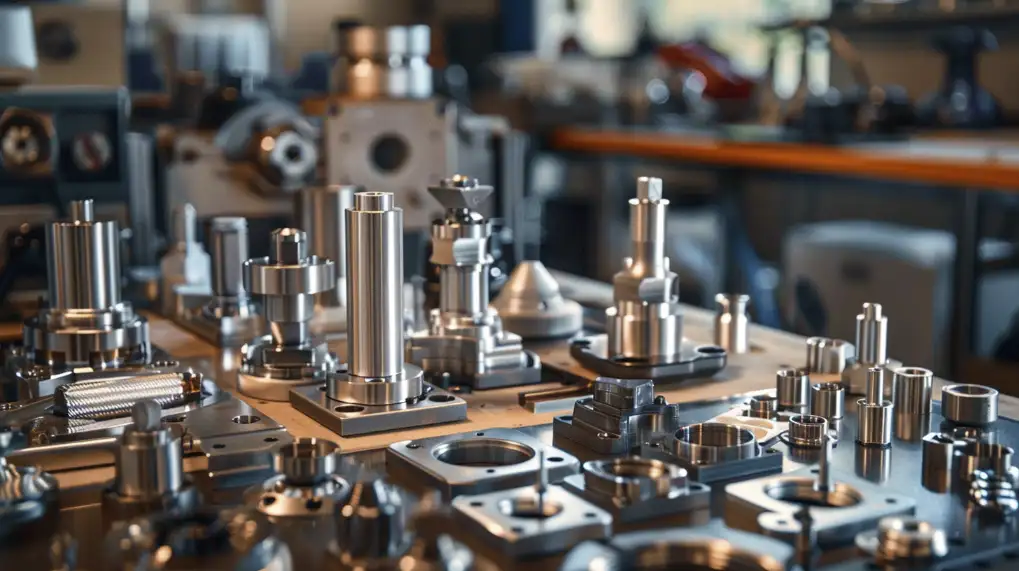
Advantages of Low-Volume Production
Low-volume production provides several benefits that can be helpful for many businesses. Here’s how it can improve your production process.
Cost-Effectiveness in Early Production Stages
One key advantage of low-volume production is its cost-effectiveness in the early stages. It helps businesses avoid the high upfront costs of mass production.
Flexibility in Design and Materials
Low-volume production offers a higher degree of flexibility in terms of design and materials. Manufacturers can easily modify the design based on feedback or testing, making it ideal for prototyping.
Quick Turnaround Times for Prototypes
In fast-paced industries, speed is crucial. Low-volume manufacturing enables quicker turnaround times for prototypes. Businesses can quickly move from design to production and get feedback from customers or stakeholders, reducing the time it takes to refine and finalize a product.
Meeting Market Demands with Speed and Precision
Low-volume production allows businesses to respond to market demands with speed and precision. Whether launching a new product or responding to customer requests, producing smaller quantities ensures that products are available when needed.
Reducing Risks and Costs in Product Development
Low-volume production reduces the risks and costs of new product development. Starting with smaller runs lets businesses test the market, evaluate product performance, and gather customer feedback. This early testing helps avoid costly mistakes or overproduction.
Standard Techniques in Low-Volume Production
Low-volume production uses several manufacturing techniques, some of which help businesses create small quantities of high-quality products quickly and affordably. Here are some of the most common methods used in low-volume manufacturing.
Additive Manufacturing (3D Printing)
Additive manufacturing(3D Printing) is one of the most flexible and widely used techniques in low-volume production. This method builds products layer by layer from digital designs. It allows for complex shapes and customization without needing molds or special tools.
3D Printing is great for prototypes, small batches of custom products, and detailed items. It’s cost-effective for manufacturing because it has minimal setup and fast production times.
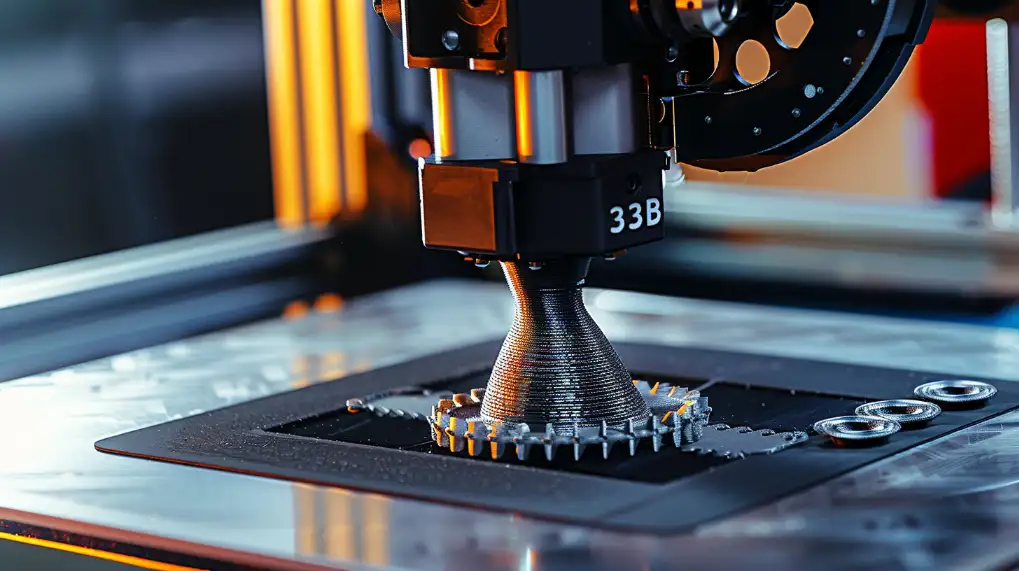
CNC Machining
CNC machining is a precise technique used to create parts by removing material from a workpiece. It’s highly accurate and can work with metals, plastics, and other materials.
CNC machining is often used in low-volume manufacturing to make prototypes or unique components for industries like automotive, aerospace, and medical devices. It provides excellent precision and surface quality, making it ideal for small-batch, high-quality production.
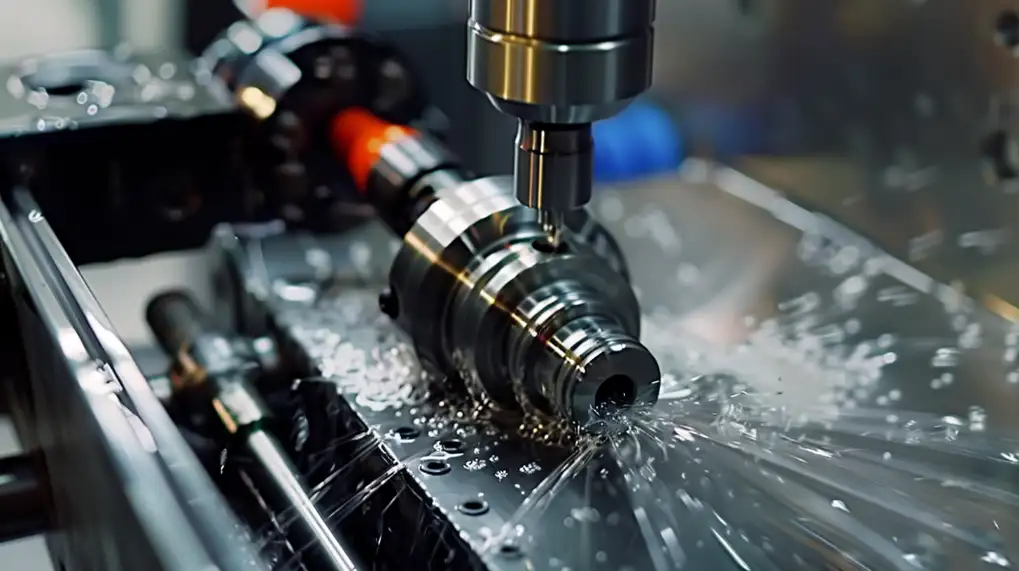
Sheet Metal Fabrication
Sheet metal fabrication is a versatile method used in low-volume production to create products from metal sheets. It includes processes like cutting, bending, punching, and welding to shape parts.
This technique is commonly used for making products like enclosures, chassis, and custom components. Sheet metal fabrication offers flexibility in design and material choice, making it popular in industries like electronics, automotive, and construction.
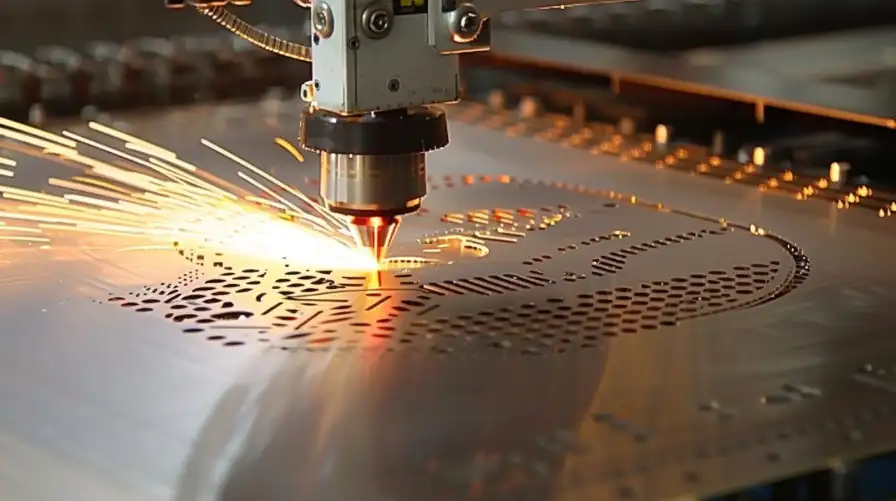
Injection Molding
Injection molding is a method for producing plastic parts in low volumes. It works by injecting molten material into a mold to form the desired shape.
The main advantage of this technique is its ability to create consistent, high-quality parts with detailed designs. While molds can be costly, they are still cost-effective for medium-low volumes.
Vacuum Casting
Vacuum casting is a technique used to produce plastic and rubber parts from silicone molds. It involves pouring liquid materials into a vacuum chamber to remove air bubbles and ensure high-quality, detailed parts.
This method is perfect for making small batches, especially when a design needs to be tested or refined before mass production. It’s beneficial for rapid prototyping, low-volume manufacturing, and creating complex parts with tight tolerances.
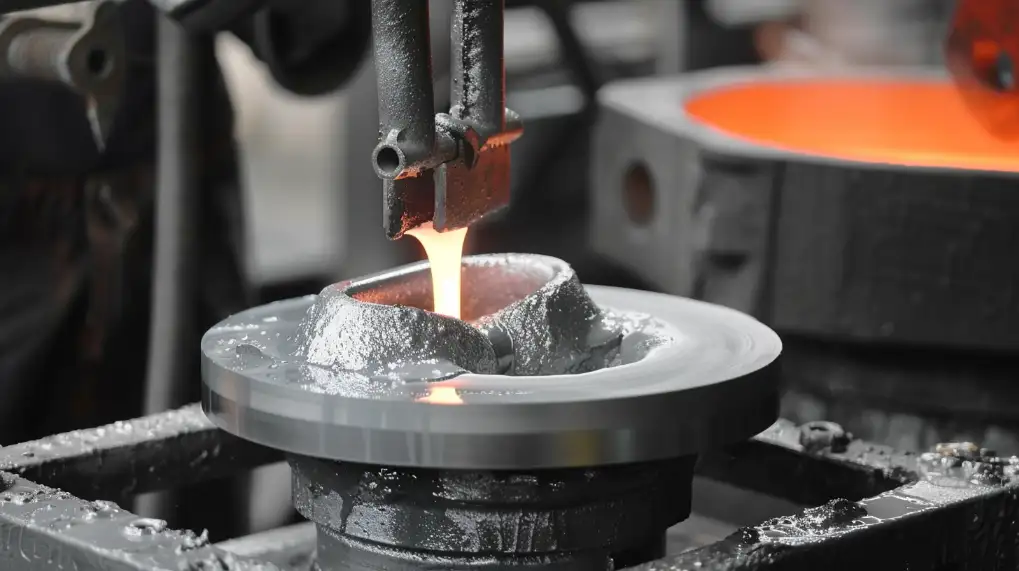
Best Practices for Successful Low-Volume Manufacturing
Getting low-volume production right requires thoughtful planning. Follow these key practices to ensure quality, efficiency, and cost-effectiveness.
Effective Communication with Design and Manufacturing Teams
Clear communication prevents costly mistakes. Share detailed CAD files and specifications upfront. Discuss the design limitations of your chosen production method early. Regular check-ins keep projects on track.
Planning for Flexibility and Scalability
Choose manufacturing methods that allow easy adjustments. Design parts with future scaling in mind. Use modular designs when possible. This makes transitions to higher volumes smoother if needed.
Quality Control and Testing Procedures
Implement strict QC checks at multiple stages. Test samples from the first production run. Document all measurements and tolerances. Consistent quality matters just as much in small batches.
Managing Lead Times and Production Schedules
Low volume doesn’t always mean fast. Factor in setup times and material sourcing. Build buffer time for unexpected delays. Prioritize critical path items to keep projects moving.
Collaborating with the Right Manufacturing Partners
Look for suppliers with proven low-volume experience. Check their equipment capabilities and quality certifications. Good partners will offer design feedback and suggest cost-saving alternatives.
Low-Volume Production vs. High-Volume Production: A Comparison
Understanding these approaches helps you choose the right one for your project. Let’s examine the key differences.
Differences in Manufacturing Techniques
Low-volume favors flexible methods like CNC machining and 3D Printing that need minimal setup. High-volume uses dedicated tooling, like steel injection molds, which cost more upfront but produce parts faster.
Cost Analysis and Profit Margins
Low volume has higher per-unit costs but lower initial investment. The high volume brings costs down through economies of scale. Profit margins improve with volume but require larger orders to break even.
Time-to-Market Considerations
Low-volume runs get products to market faster—often in weeks instead of months. High-volume runs require longer lead times for tooling and setup. Early market feedback is more straightforward with low-volume runs.
Scalability and Future Growth
Low volume allows gradual scaling as demand grows. High volume requires confident sales forecasts. Transitioning between them needs planning – some methods scale better than others.
How to Determine if Low-Volume Manufacturing is Right for Your Project
Choosing the right production approach saves time and money. Here’s how to decide if low-volume fits your needs.
Assessing Product Complexity and Demand
Simple products with predictable demand often jump straight to mass production. Complex or unproven products benefit from low-volume first. Ask:
- Is my design finalized or still evolving?
- Are market needs clearly understood?
- Will customers pay for this version?
Evaluating Prototype Testing and Iterations
Low-volume shines when you need real-world testing. Consider it when:
- Field testing reveals needed improvements
- Multiple design iterations are likely
- Different material options need evaluation
- It’s cheaper to fix issues in small batches than recall mass-produced items.
Cost-Benefit Analysis for Small Batch Runs
Compare these factors:
- Tooling costs vs. per-unit price
- Storage costs for unsold inventory
- Lost opportunity cost if design changes
- Market testing value
Low-volume typically wins when:
- Total projected sales are under 10,000 units
- Design changes are probable
- Market risk is uncertain
- Cash flow is constrained
The most innovative approach often combines both – use low volume to validate, then scale up.
Conclusion
Low-volume production is a flexible, cost-effective solution for businesses looking to create small quantities of high-quality products. It is particularly valuable for prototypes, product testing, and niche markets. Allowing quick adjustments supports faster time-to-market, reducing risks and costs.
Ready to explore how low-volume production can help bring your ideas to life? Contact us today for a customized quote and see how we can support your next project!
Hey, I'm Kevin Lee

For the past 10 years, I’ve been immersed in various forms of sheet metal fabrication, sharing cool insights here from my experiences across diverse workshops.
Get in touch

Kevin Lee
I have over ten years of professional experience in sheet metal fabrication, specializing in laser cutting, bending, welding, and surface treatment techniques. As the Technical Director at Shengen, I am committed to solving complex manufacturing challenges and driving innovation and quality in each project.

